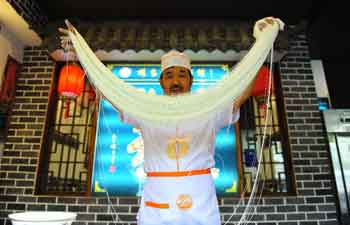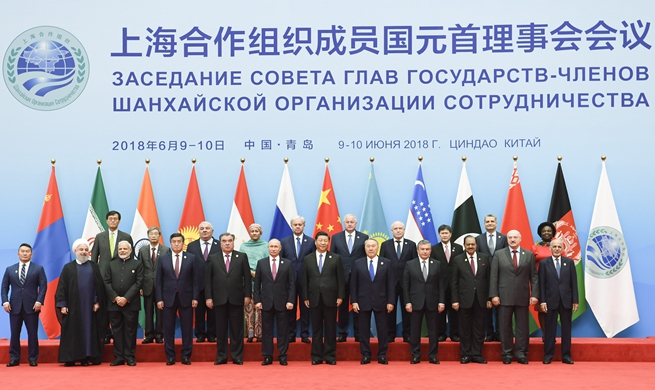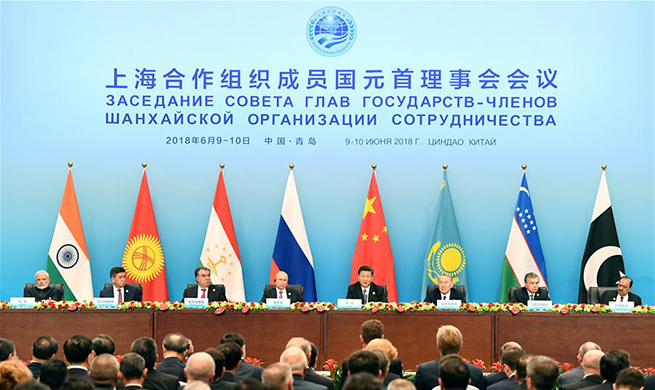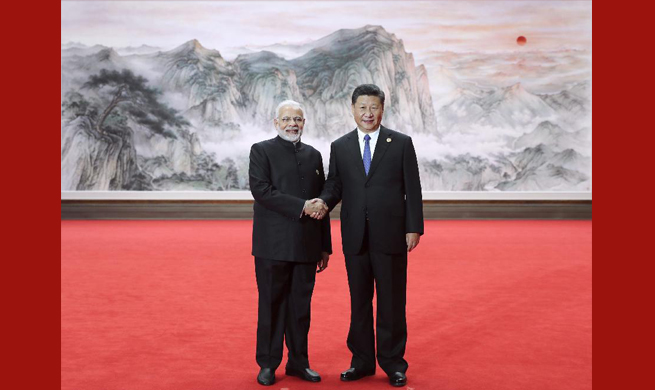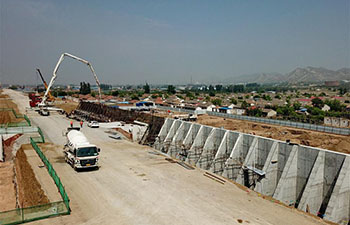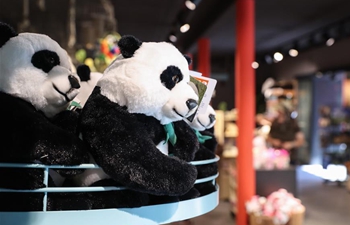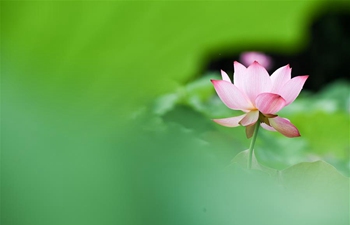by Xinhua Writer Sun Xiaozheng
BEIJING, June 12 (Xinhua) -- Shanghai resident Li Husheng was one of the first members of the public to watch conservators restore cultural relics at the Palace Museum.
Li watched Min Junrong restore a guqin, a seven-stringed Chinese musical instrument, and listened to the story of the instrument from a volunteer.
"It's not exactly like what I imagined, but the tour unveiled the mysteries that take place behind the scenes," he said.
Li was among the first group of 40 visitors to the restoration workshops at the Palace Museum which opened to the public on Saturday.
Also known as the Forbidden City, the Palace Museum was home to the emperor and royal court between 1420 and 1912. Today, it houses more than 1.8 million pieces of cultural relics.
The museum's restoration workshop was established in December 2016. The facility covers 13,000 square meters and has the nation's most-advanced restoration equipment and experts.
Shan Jixiang, curator of the museum, said opening the restoration workshops to the public is aimed at promoting the importance of cultural heritage protection. Meanwhile, it is also part of China's efforts to make museums more popular.
At the restoration workshops visitors can observe conservators repairing some of the museum collections, including calligraphy, paintings, bronze-ware, and clocks.
According to Shan, the artifacts are first given a check-up, including x-rays or scans, and an analysis report is produced, which allows the conservators to make a plan for the restoration. After the restoration is complete, the conservators prepare a diagnostic report which will go to each object's file, for reference in future restoration and exhibition.
After seeing a CT machine designed specifically for bronze-ware in the studio, Beijinger Gao Yuanyuan said she felt the conservation work is a science. "The tour showed me more about the cultural relics and I learned about the advanced techniques used to repair them," said Gao.
Lu Jiajun, a student at Beijing International Studies University, said she is very interested in cultural relics conservation and has watched "Masters in the Forbidden City," a popular documentary which screened in 2016.
"But today I saw more details and can truly feel an artisan spirit in their work," she said.
Visitors to the workshops were divided into groups, each led by a volunteer who told stories of the work and answered questions from the group. The tour last about one hour.
"The Palace Museum now has nearly 150 cultural heritage experts, but the number is far from enough," said Song Jirong, deputy director of the Palace Museum and director of the restoration workshop, "only by increasing public awareness can more people participate in cultural relics preservation."
At the end of the tour, Li said he felt lucky to be one of the first visitors to the facility.
"It's great to see all of this high-tech equipment and conservators caring for the artifacts and works of art in the Forbidden City," he said.







